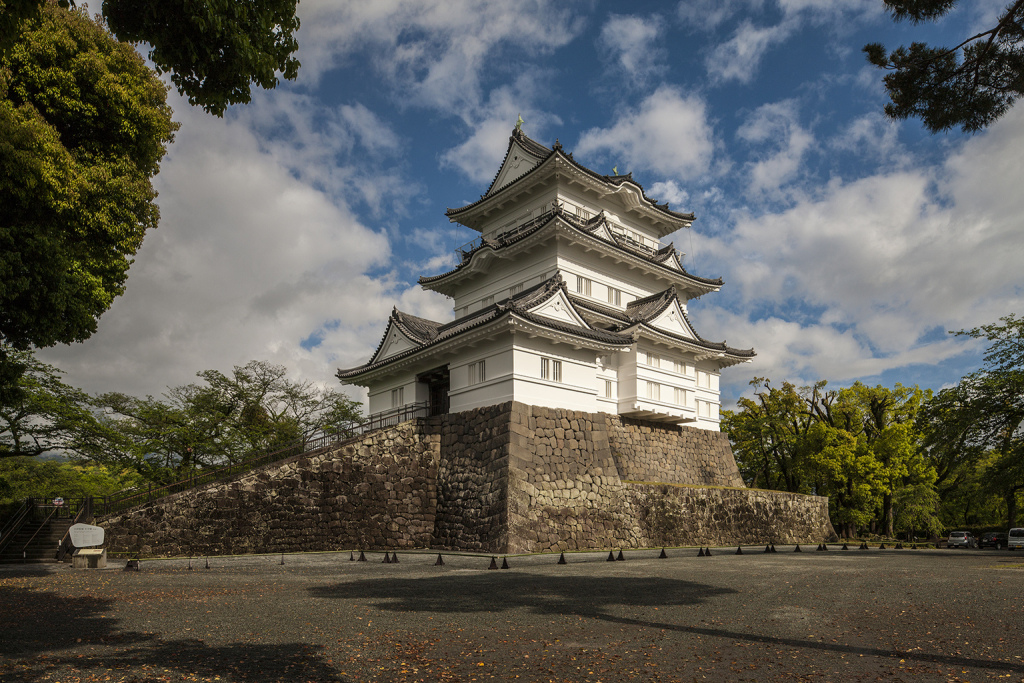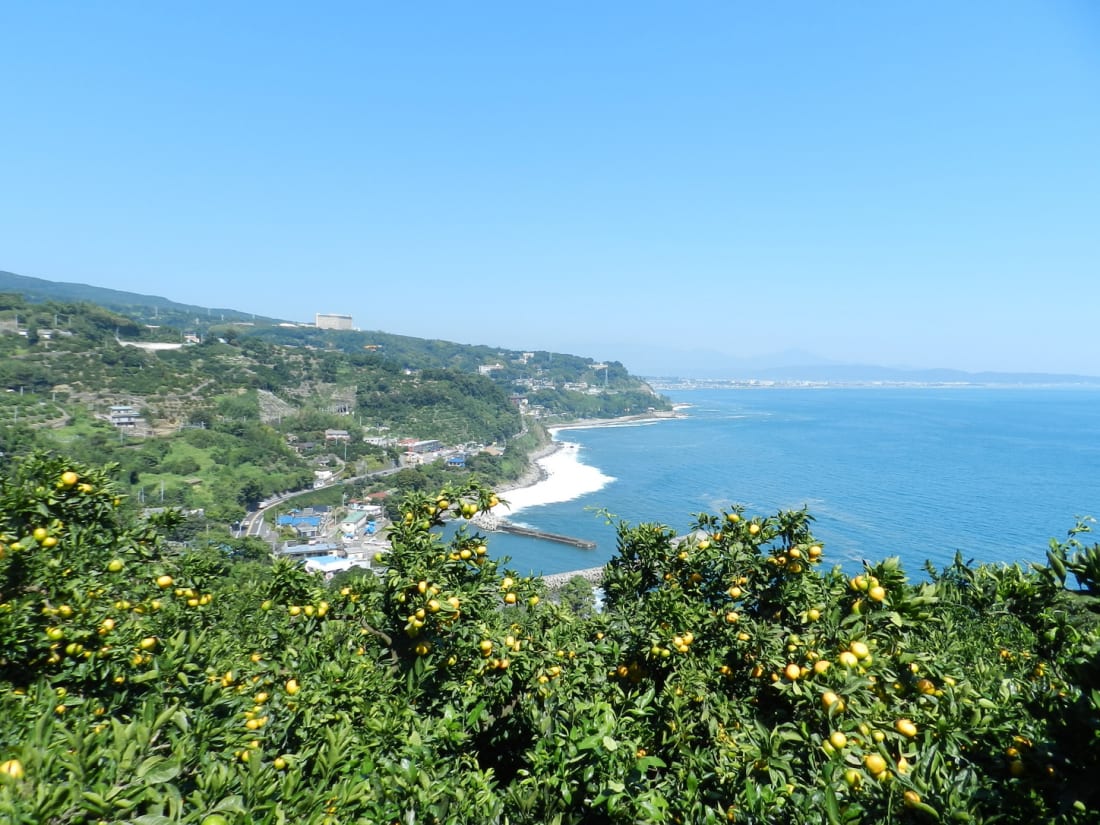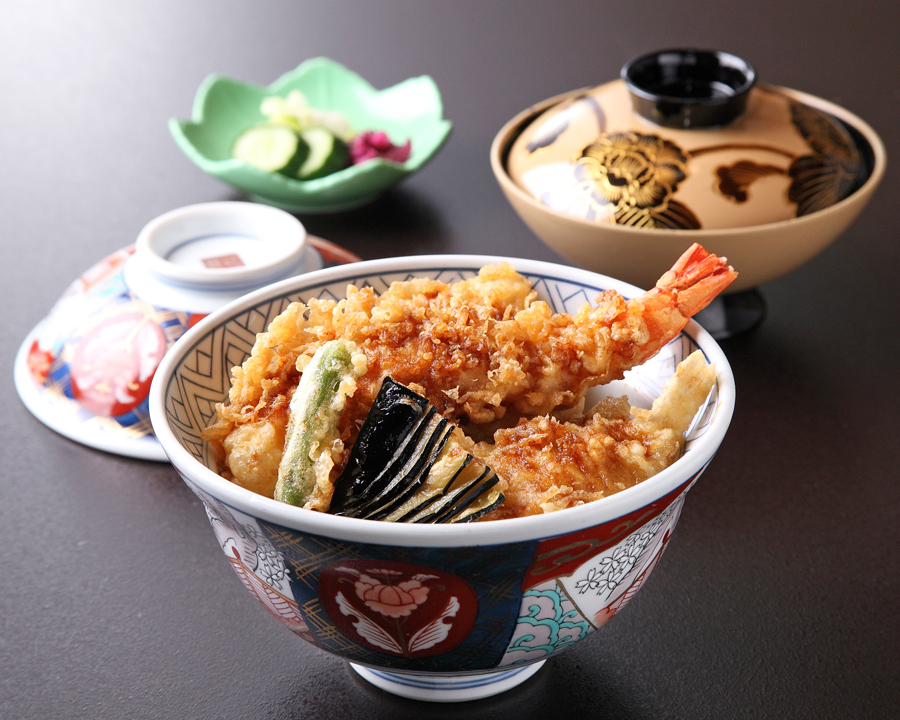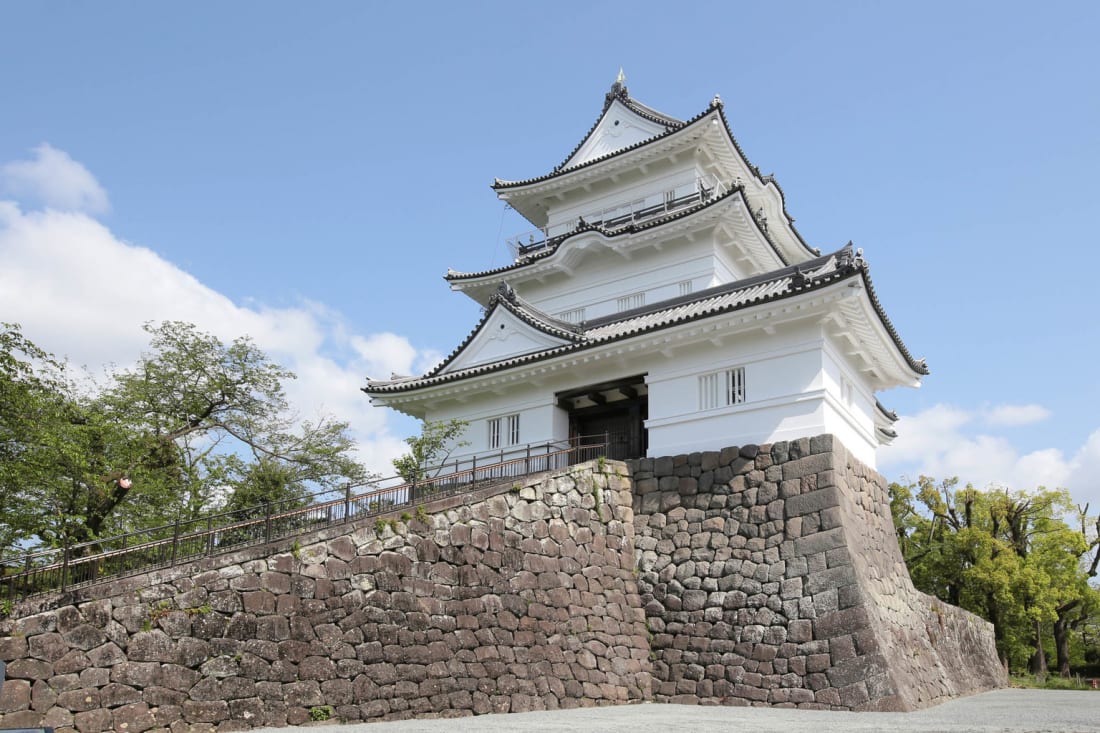Snug between the Hakone Mountains and Sagami Bay, the seaside town of Odawara is commonly known for its pristine castle. An easy day trip from Tokyo, a visit to this important cultural destination reveals much more, from fresh seafood to inspiring arts to natural scenery.
When I arrived at this Kanagawa Prefecture town I first headed for the Odawara Art Foundation’s Enoura Observatory. Acclaimed photographer and architect Hiroshi Sugimoto founded the Odawara Art Foundation a decade ago with the premise of preserving and promoting Japanese culture, opening the Enoura Observatory, a multidisciplinary arts complex, high up in the Hakone Mountains just recently in 2017.
Observing the Arts
The free shuttle bus to Enoura Observatory from Nebukawa Station winds through the mountainside, offering views of Sagami Bay below. The arts complex itself displays examples of architectural and artistic design from the various eras of Japanese history. Within the compound there is an art gallery, a stone stage, an optical glass stage, a tea house, a garden, several restored gates and a reception hall. Some of the stones used to construct the structures date back as far as the Kofun Period (250-592).
The highlight of Enoura Observatory is to simply walk around and take in the essence of Japanese history while enjoying the beautiful surroundings. The panoramic ocean view offers up sights of the Boso Peninsula and Oshima Island. The gardens are bountiful with wildflowers and fauna. One can imagine what it was like for members of the Hojo Clan, once one of Japan’s most powerful families, to climb to the same location to track the astronomical events of the solstices and equinoxes. By spending a few hours appreciating the artistic design one will have achieved the desired effect that Sugimoto envisioned.
Historical Eats
Returning to the station I was able to arrive at Odawara’s downtown area just in time for lunch. Therefore I headed off to the historic restaurant Daruma, a cultural asset founded in 1893. Offering special sets ranging in price from ¥2,000–¥2,500, Daruma serves traditional dishes like sushi, sashimi and mouthwatering tempura (the latter of which I highly recommend), as well as kamaboko (fish cakes) – an Odawara specialty.
Following lunch I continued down the main street until I came upon Odawara Jyuku Nariwai (rest house). Back in the days of Edo Era (1603–1868), Odawara was one of the key resting spots along the Tokaido Route that ran between Edo (present-day Tokyo) and Kansai. As a result there are several historical buildings and museums in this area of Odawara.
I spent the bulk of my time at this Edo-period inn because I wanted to make a chochin lantern, a traditional lantern that can be seen strung up around Odawara Castle during summer festivals. Every second and fourth Sunday of the month people can partake in making this craft for ¥1,000. An hour and 20 minutes later I walked away with a nice, traditional souvenir.
King of the Castles
Finally I paid a visit to Odawara Castle. In 1590 Toyotomi Hideyoshi united Japan after the Hojo family surrendered following a three-month long stalemate outside the castle walls. The fall of Odawara Castle signified Hideyoshi’s victory. The castle has been destroyed and rebuilt over the centuries, with the most recent refurbishment coming to completion in 2016.
I paid ¥600 yen for a combination ticket that allowed me to go up into the castle tower and also visit the Tokiwagimon-Gate Samurai Gallery. I walked around the grounds, which are beautifully manicured, and checked out the samurai swords and armor at the gallery. For tourists who might be interested, you can rent ninja or samurai costumes or kimonos and take keepsake photos in front of the castle.
My day trip to Odawara offered wondrous sights and a time-travel experience back to some of the most epic moments of Japanese history. Besides all the memories, I also brought home a souvenir lantern.
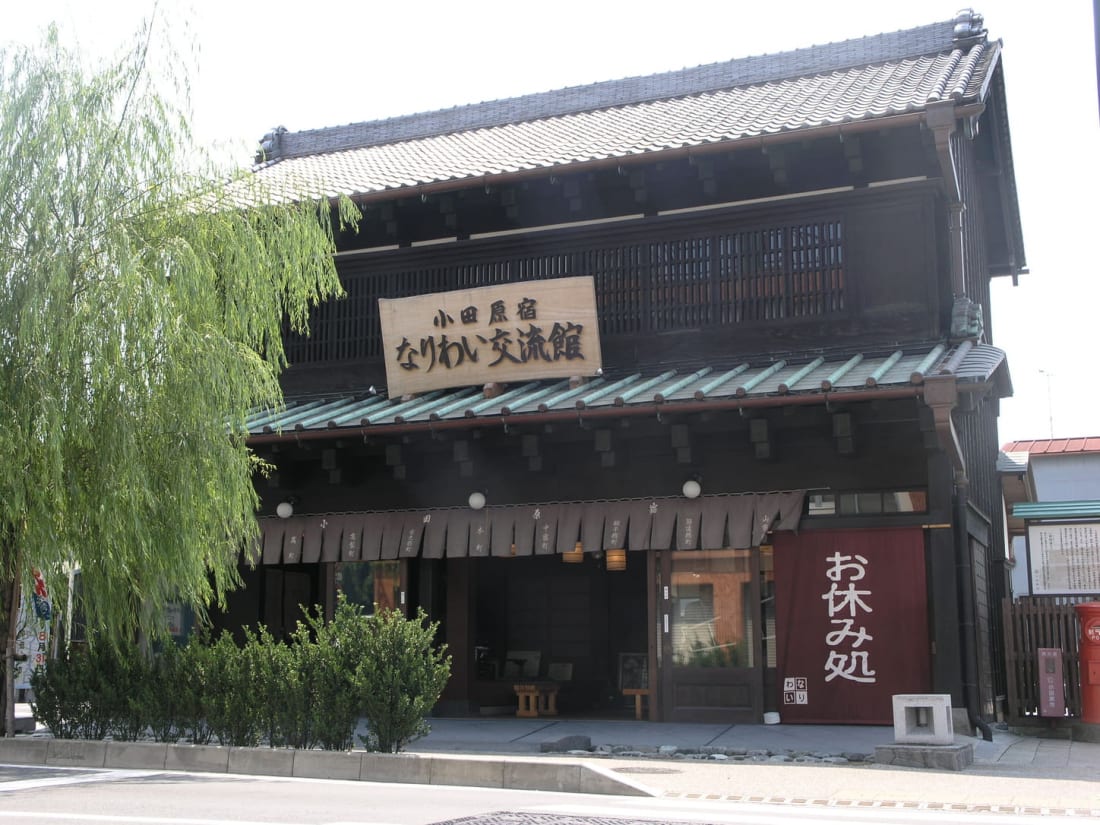
Access: By train from Tokyo Station take either the JR Tokaido Shinkansen (35 minutes) or local train on JR Tokaido Line (85 minutes). From Shinjuku Station either the JR Shonan-Shinjuku Line (90 minutes), Odakyu Line Limited Express Ramancecar (70 minutes), or Odakyu Line Express (95 minutes). By car take the Tomei Expressway to Atsugi Interchange and take Odawara Atsugi Road to Odawara.

